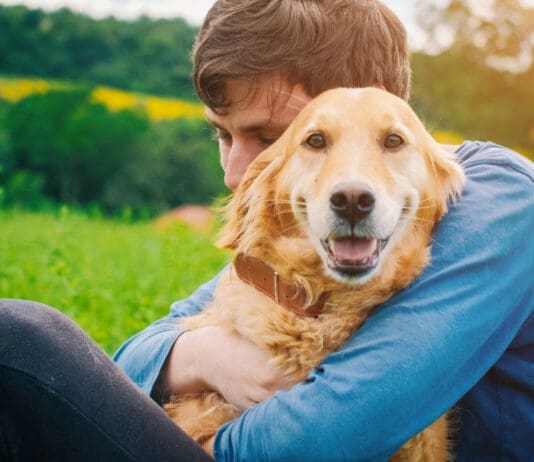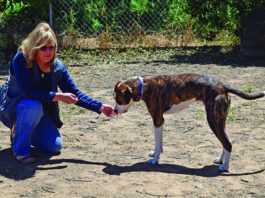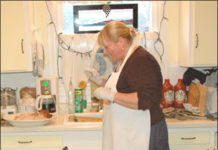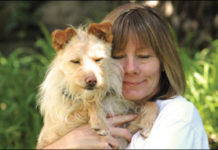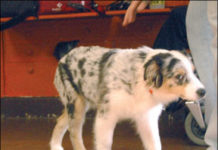Unsticking Myths About Dogs
apprehensive
How to Introduce a Cat to a Dog
There are millions of homes where cats and dogs live together in perfect harmony – mine included. How does that happen? Careful introductions of...
5 Things to Know About A Dog’s Threshold
has tuned out his owner
Guide to Stress Signals in Dogs
Stress causes the appetite to shut down. A dog who won't eat moderate to high-value treats may just be distracted or simply not hungry, but refusal to eat is a common indicator of stress. Appeasement and deference aren't always an indicator of stress. They are important everyday communication tools for keeping peace in social hierarchies, and are often presented in calm, stress-free interactions. They are offered in a social interaction to promote the tranquility of the group and the safety of the group's members.
When Your Dog Hates Being Touched
not training. Proceed more slowly
Analyzing Dog Behavior and Puppy Behavior
Hang with dog folks long enough and you're sure to hear some pretty interesting theories about dog behavior. Some are, of course, useful and accurate, but the dog training world is littered with myths, many of which are at least several generations old. Some of them are just silly; some have the potential for causing serious damage to the dog-human relationship; and still others are downright dangerous. It's time to get past the myths.
It’s Not Your Imagination: Dogs Do Mimic Their Owners
Behavioral scientists have long questioned whether dogs are capable of mimicking each other or people. A recent study published in the Proceedings of the Royal Society B: Biological Sciences has shown that dogs are not only capable of mimicking their owners, they do so automatically. In fact, their drive to copy our head and hand (paw) movements is so strong that they tend to do so even when it is not in their best interests.
Dog Growling: 5 Steps to Help Your Dog
Growling is a valuable means of communication for a dog something that dog owners should appreciate and respect rather than punish. Of course, we don't want our dog to growl at us, but neither do we want him to fail to growl if something makes him uncomfortable; that's very important information in a successful canine-human relationship. It's very common for dog owners to punish their dogs for growling. Unfortunately, this often suppresses the growl eliminating his ability to warn us that he's about to snap, literally and figuratively. On other occasions, punishing a growling, uncomfortable dog can induce him to escalate into full-on aggression.
Learn to Read Your Dog’s Body Signals
How many times have I heard a dog owner say, If only they could speak!" And how many times have I bitten back my first retort: "But they can speak! You're just not listening!" We humans are a verbal species. We long for our beloved canine companions to speak to us in words we can easily understand. While they have some capacity for vocal communication
Why Do Dogs Wag Their Tails?
It’s something we all know: our dogs wag their tails because they’re happy. Because they’re thrilled to see us. Because they love us. But it turns out that what we “know” may not be the truth. Or it may be only part of the truth.
What Different Dog Barks Mean
While dogs are primarily body language communicators, they also use their voices to share information with other members of their social group. Compared to their wild brethren, however, our domesticated dogs use their voices far more a tendency we have genetically encouraged. We've created herding breeds, including Shelties, Border Collies, Welsh Corgis, and others, who use their voices when necessary to control their flocks. We've bred scent hounds to give voice when they are on the trail of prey.
The Meanings Behind Different Dog Sounds
Canine vocal communications can be classified as barks, growls, howls, whines, and whimpers. Within those classifications, the sounds can have varying meanings. Your dog's voice must be taken in context with the rest of his behavior and body language for you to truly understand what he's saying to you.


